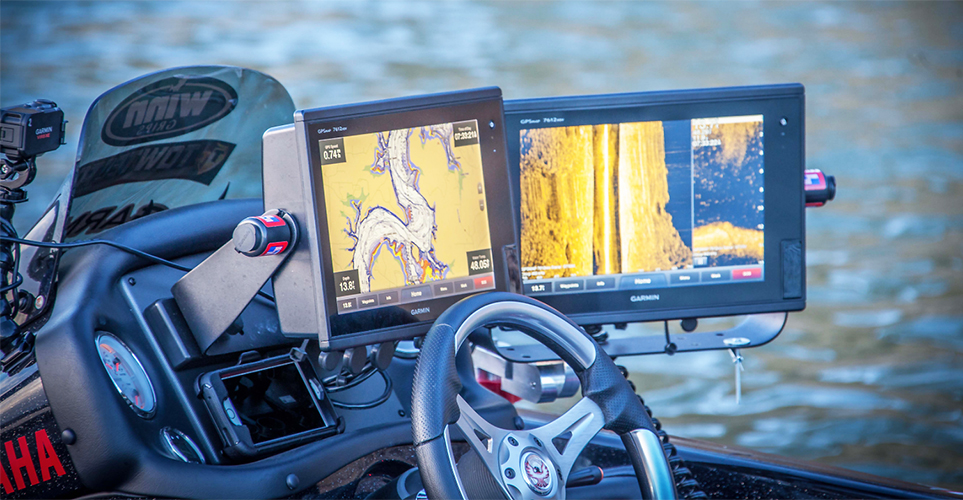Garmin Ltd. reported net income, on an adjusted basis, rose 25.5 percent in the third quarter ended September 26 on a 19 percent sales gain. The highest segment gain came from Marine, up 54 percent; followed by Fitness, ahead 35 percent; and Outdoor, 30 percent. Garmin also updated its full-year guidance with a forecast well above Wall Street estimates.
In the quarter ended September 26, total revenue was over $1.1 billion, a 19 percent year-over-year increase, led by robust growth in marine, fitness and outdoor . Wall Street’s consensus estimate was $893.6 million.
Operating income was $317 million, increasing 21 percent over the prior-year quarter .
Gross margins eroded to 60.2 percent from 60.7 percent while operating margin improved to 28.6 percent from 28.0 percent.
On a reported basis, earnings rose 37.5 percent to $313.4 million, or $1.63 a share, from $227.9 million, or $1.19, a year ago. Excluding special items from each period, Pro-forma earnings were up 25.5 percent to $304.0 million, or $1.58, from $242.3 million, or $1.27, a year ago. Wall Street’s consensus estimate was $1.00.
“Demand for active lifestyle products fueled strong revenue growth resulting in record revenue and profits for the quarter,” said Cliff Pemble, President and CEO of Garmin. “Interest in our products remains high as we move into the important holiday selling season, and we are prepared with a strong lineup of products that offer the innovation and uniqueness that consumers want.”
Marine
Revenue from the marine segment grew 54 percent in the third quarter across multiple categories led by chartplotters. Gross margin and operating margins were 61 percent and 31 percent, respectively, resulting in 152 percent operating income growth. For the sixth consecutive year, Garmin was recognized as the Manufacturer of the Year by the National Marine Electronics Association (NMEA) and was also awarded four Product of Excellence awards. Garmin launched the OnDeck system, Garmin’s first remote connectivity device for boaters to track, monitor and remotely control switches on their vessel from anywhere. Garmin also refreshed its Fantom solid-state marine radar offering.
Fitness
Revenue from the fitness segment grew 35 percent in the third quarter driven by strong demand for its wearables and cycling products. Gross margin and operating margins were 54 percent and 27 percent, respectively, resulting in 75 percent operating income growth. Garmin launched its Forerunner 745, adding daily suggested workouts and the Garmin Clipboard app that offers an integrated solution for coaches to manage team training and performance. Garmin also launched the Venu Sq, an entry-level smartwatch with GPS capability.
Outdoor
Revenue from the outdoor segment grew 30 percent in the third quarter across all categories led by strong demand for its adventure watches. Gross margin and operating margins were 67 percent and 44 percent, respectively, resulting in 40 percent operating income growth. Garmin recently refreshed its Montana series, combining on or off-road navigation with global messaging and SOS alerts via inReach satellite technology.
Auto
Revenue from the auto segment declined 6 percent during the third quarter as declines in personal navigation devices were partially offset by growth in specialty categories and new OEM programs. Gross and operating margins were 45 percent and 3 percent, respectively. Garmin launched Garmin Catalyst, a new product category — a real-time coaching tool to help drivers on the track. Garmin began production shipments of the BMW MGU 2020 computing module expanding its role as a tier-one supplier for BMW automobiles. In addition, Garmin began shipments of a complete infotainment solution for the Daimler Vito vehicle.
Aviation
Revenue from the aviation segment declined 19 percent in the third quarter due to fewer shipments to OEM customers and reduced contributions from ADS-B products. Gross margin and operating margins were 71 percent and 19 percent, respectively. During the quarter, Autoland achieved FAA certification on the Cirrus Vision Jet, becoming the first jet aircraft to incorporate Autoland technology. This latest certification brings the Autoland equipped aircraft to three models including the previously certified Piper M600 and Daher TBM 940.
Additional Financial Information
Total operating expenses in the third quarter were $351 million, a 15 percent increase over the prior year. Research and development increased by 18 percent, primarily due to engineering personnel costs. Selling, general and administrative expenses increased 14 percent, driven primarily by information technology costs and personnel-related expenses. Advertising increased 4 percent, driven primarily by higher spend in the outdoor segment.
The effective tax rate in the third quarter of 2020 was 6.9 percent compared to 11.6 percent in the prior-year quarter. The decrease in the effective tax rate is primarily due to the migration of intellectual property ownership from Switzerland to the United States. In the third quarter of 2020, Garmin generated approximately $236 million of free cash flow and paid a quarterly dividend of approximately $117 million. Garmin ended the quarter with cash and marketable securities of approximately $2.7 billion.
2020 Guidance
Garmin expects full-year 2020 revenue of approximately $4.0 billion with growth in the marine, fitness and outdoor segments partially offset by declines in the auto and aviation segments. Garmin said it expects its full-year pro forma EPS to be approximately $4.70 based upon gross margin of approximately 59.0 percent, operating margin of approximately 24.0 percent and a full-year pro forma effective tax rate of approximately 10.0 percent. Wall Street’s consensus target had been $4.07 in EPS on sales of $3.75 billion.
Photo courtesy Garmin Marine
















